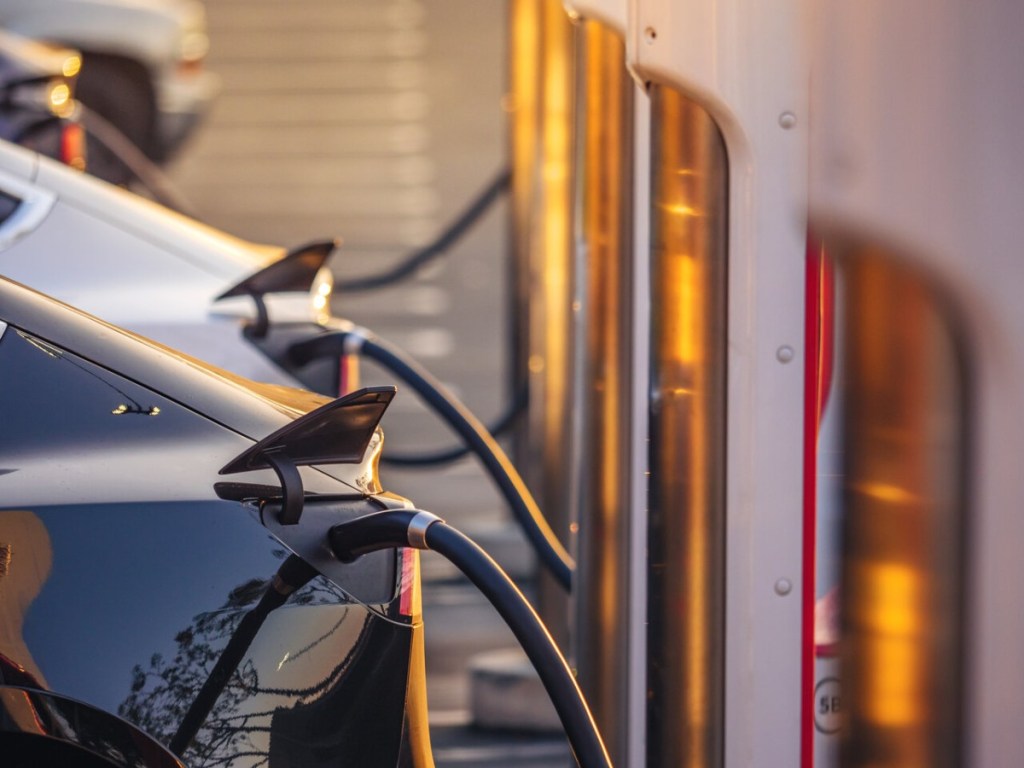EV Tech
A New Property Necessity
Electric vehicles – and their charging apparatuses – are a hot topic. With electric vehicles accounting for only about 6% of U.S. new car sales in 2022, the country is one of the world’s largest markets for EVs. The federal government has set a goal of 500,000 EV charging stations at apartment buildings, public parking […]


